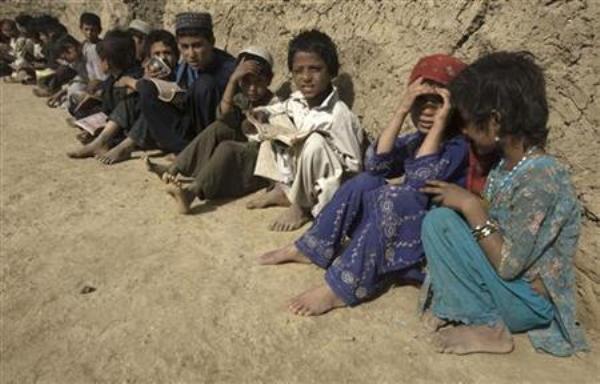Afghanistan is one of the countries that has highest rate of under-five mortality in the world, with thousands of children dying every year. Both maternal and child mortality rate still a cause of concern in the country that needs to be resolved. Based on some reports under the current conditions, approximately one in 50 women in Afghanistan has a lifetime risk of dying due to pregnancy related causes. There is a need of focus to the reduction of maternal newborn and child mortality and morbidity in the country. It is very urgent that the government should turn every available stone to provide equal access to adequate health care. As part of essential interventions to promote child survival and reduce high maternal, the government should call on donors and partners to help us in this. Recently, international day of the midwife marked, where Swedish ambassador to Kabul said that maternal and child mortality rate in the country is still a matter of concern and that midwives should work to help eradicate the problem. Surely, midwives are always at the forefront, and they are the ones that understand what needs to be done to reduce the high mortality rate and to improve conditions for women and children. At the same time lack of basic healthcare services and the lack of development in the sector is key problems they (midwives) are facing. Giving birth in Afghanistan remains a dangerous prospect, but a cadre of dedicated midwives is deploying skill and a hopeful outlook to bringing the next generations of Afghans into the world. Indeed the role of midwives is very much important in decreasing maternal, and child mortality rate. But however, according to 2015 United Nations estimates, Afghanistan has witness more than a 70 percent reduction in maternal deaths between 1990 and 2015. It is a great achievement. It is hoped that this figures jump from 70 percent to 100 percent reduction in maternal deaths. But the World Health Organization (WHO) said despite these achievements, Afghan mothers and children’s mortality remains among the highest in the region. There are several factors that affect health system’s capacity to reduce the risks that pregnant women face. Access to and use of maternal and reproductive health service is still limited and the quality of services is low as a result of service delivery capacity, particularly in difficult-to-reach rural areas. Moreover, a number of midwives terming lack of basic healthcare services and the lack of development in the sector as a key problem they face. The National Unity Government has to pay serious heed to the issue by giving all facilities to the health sectors to work hard on bringing the level of maternal and child mortality rate at the lowest point.
 Afghanistan Times
Afghanistan Times


